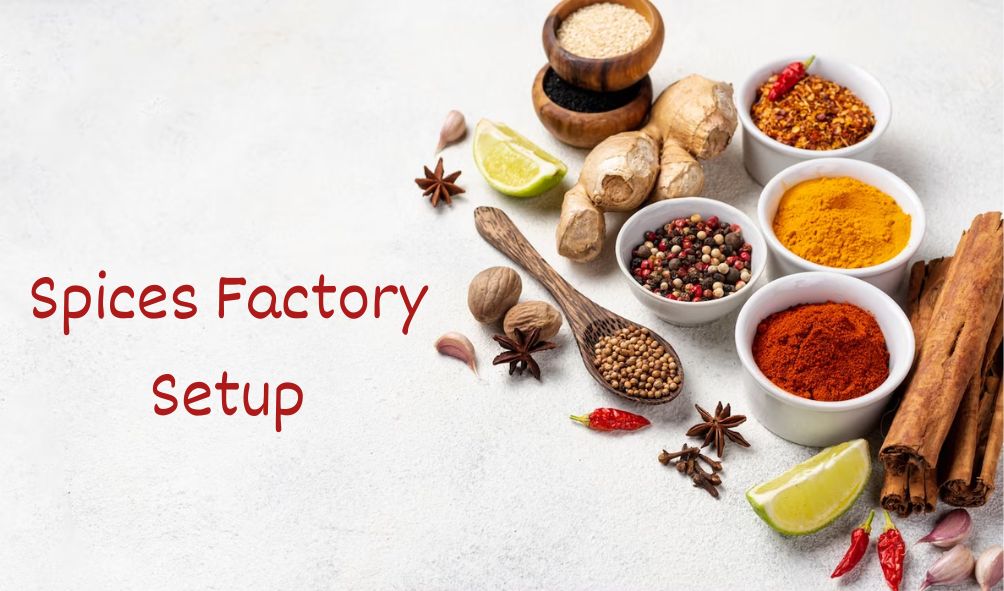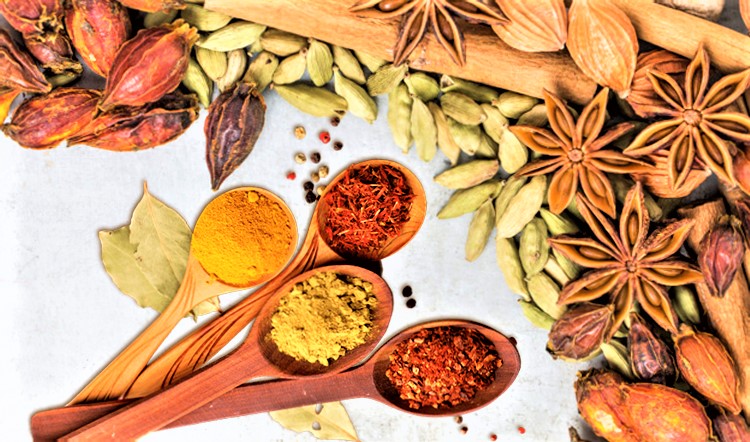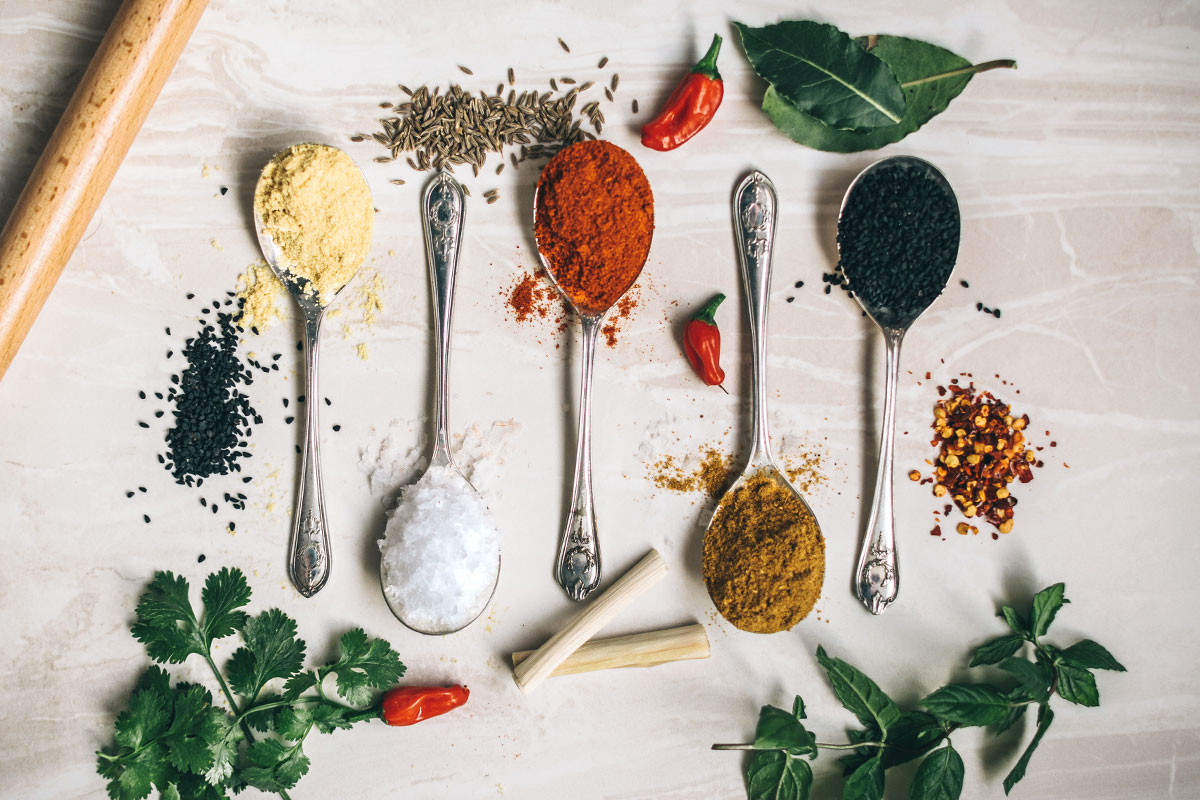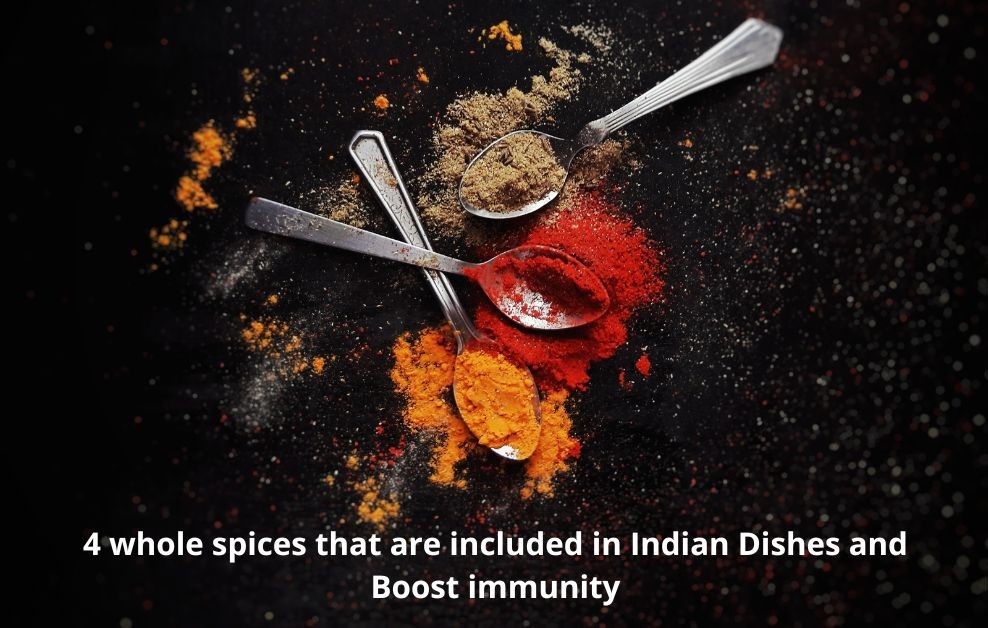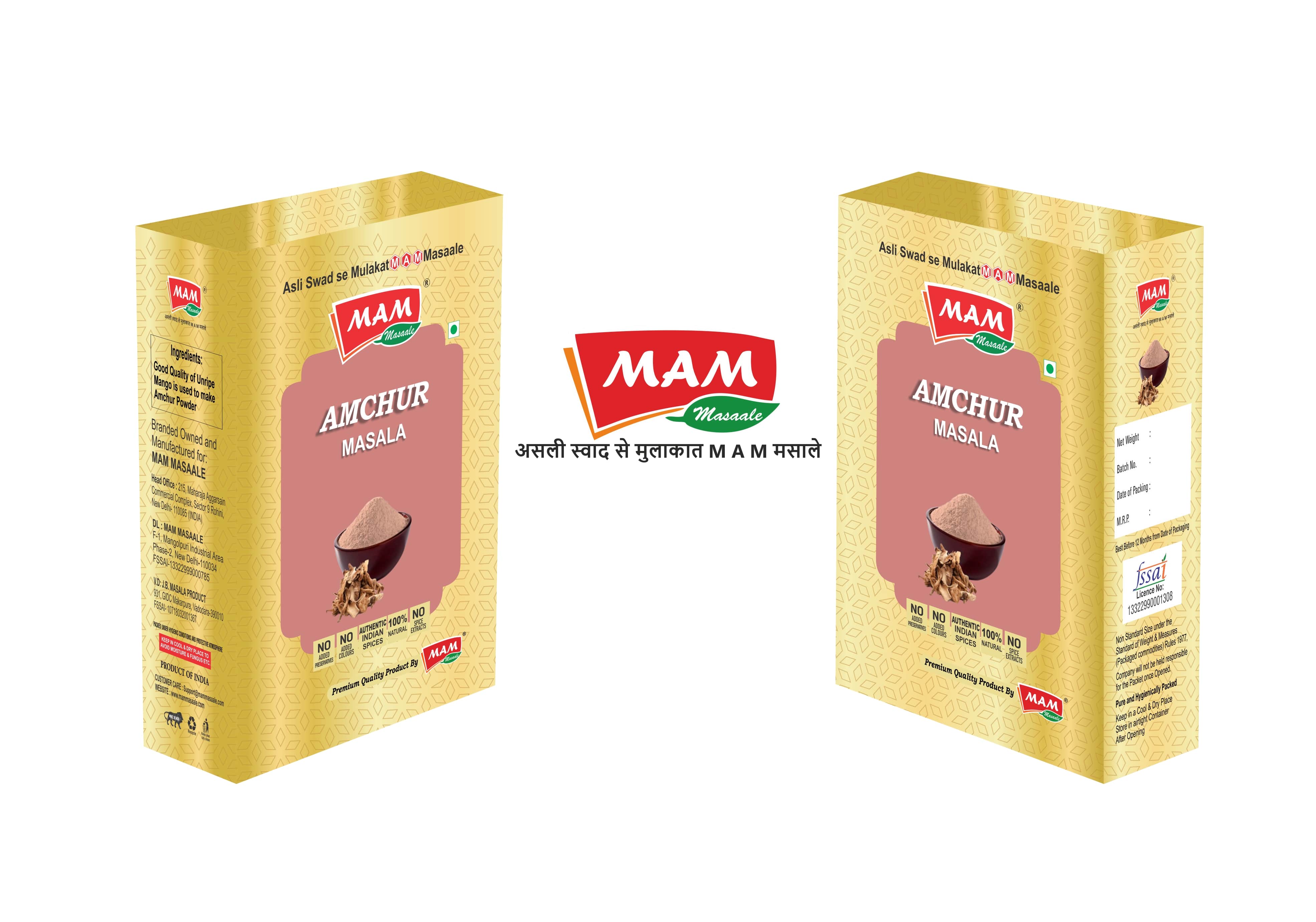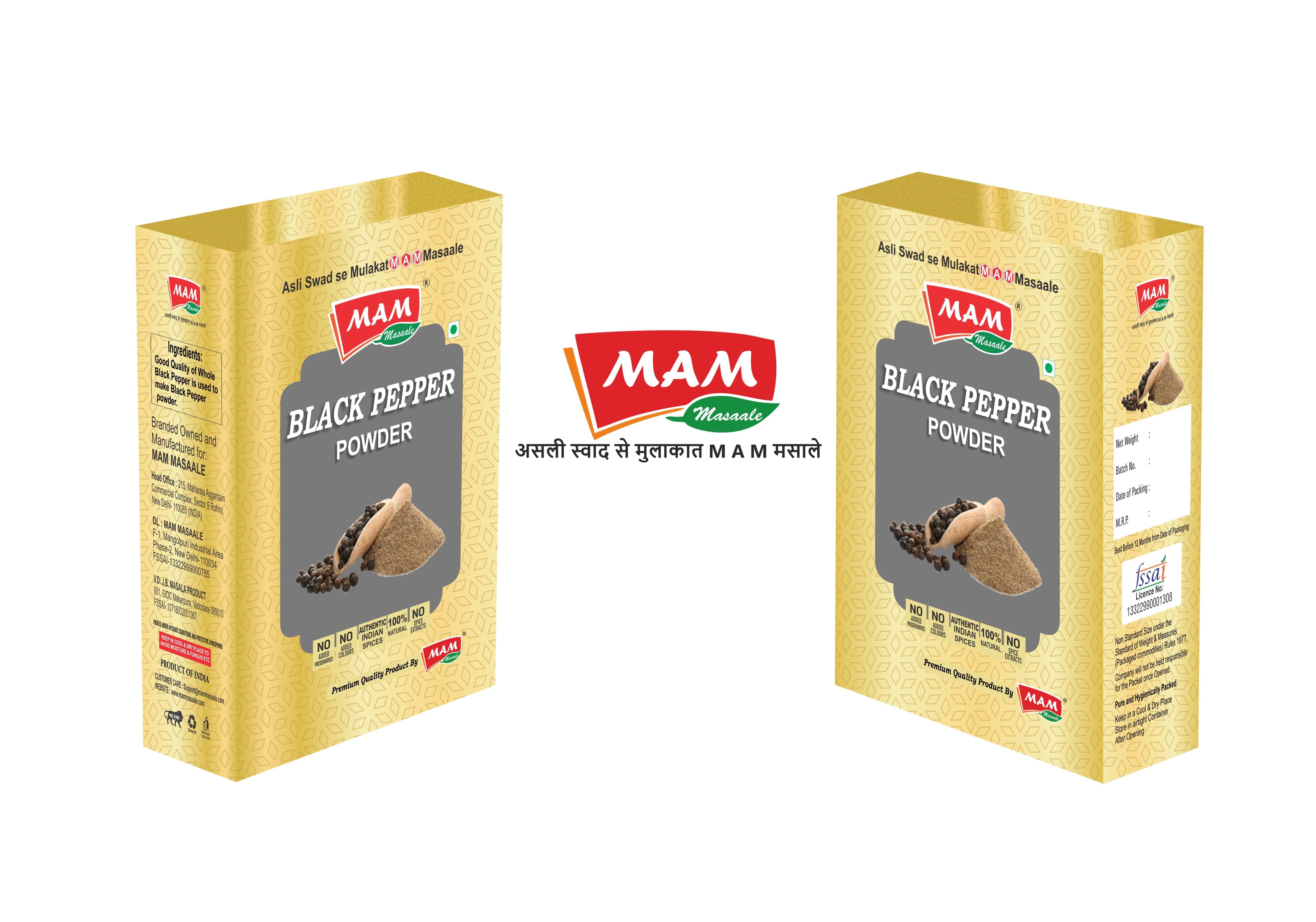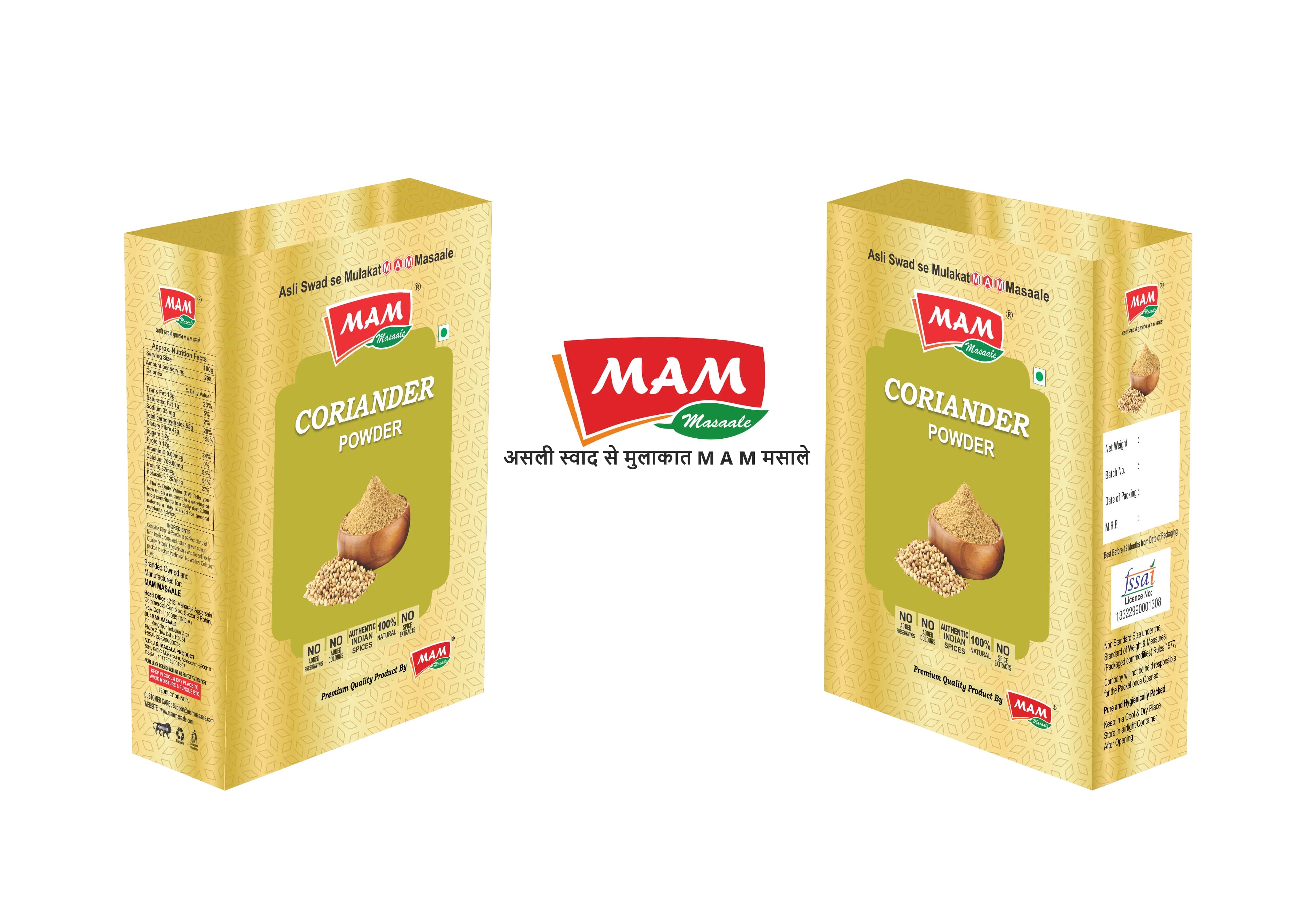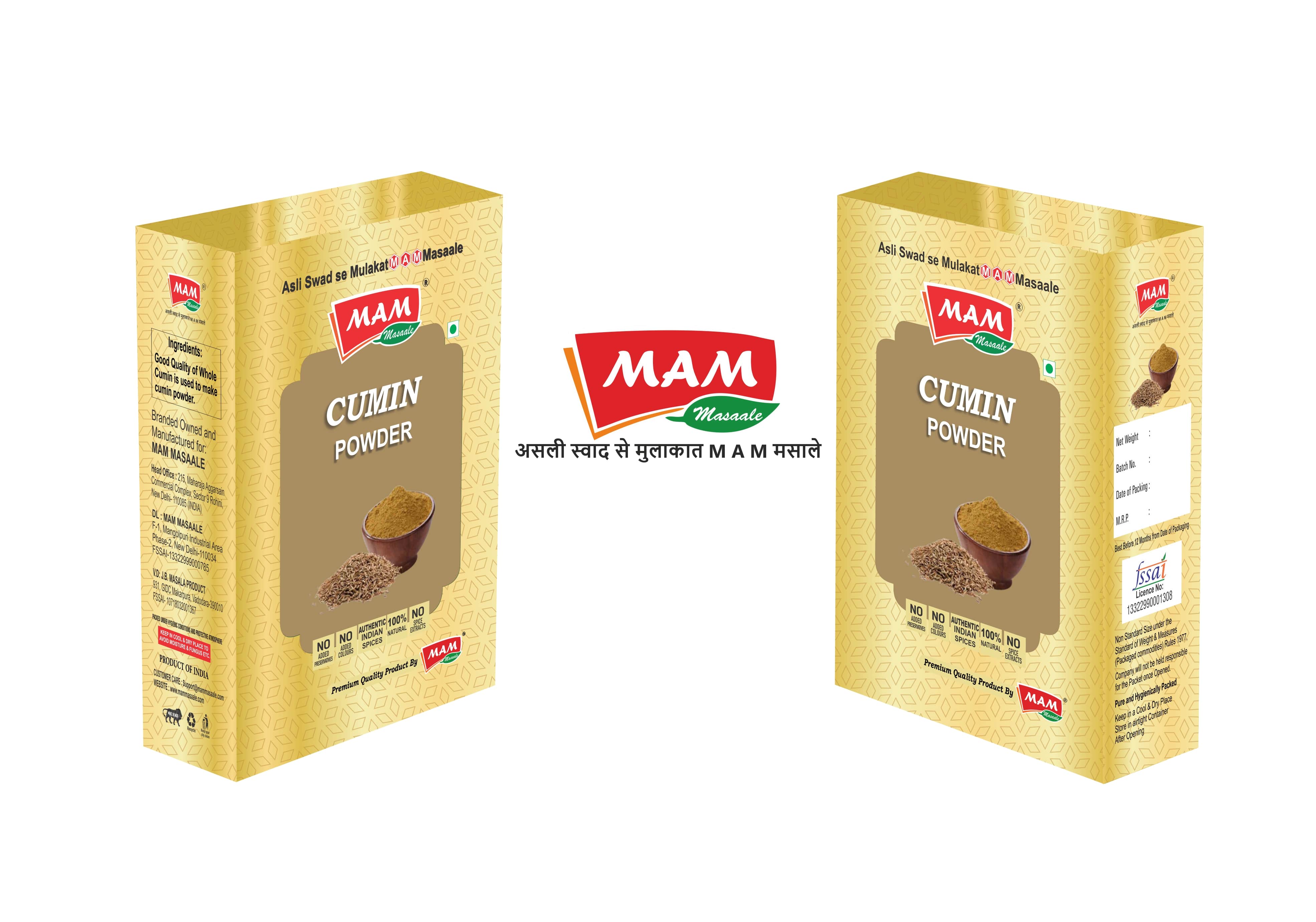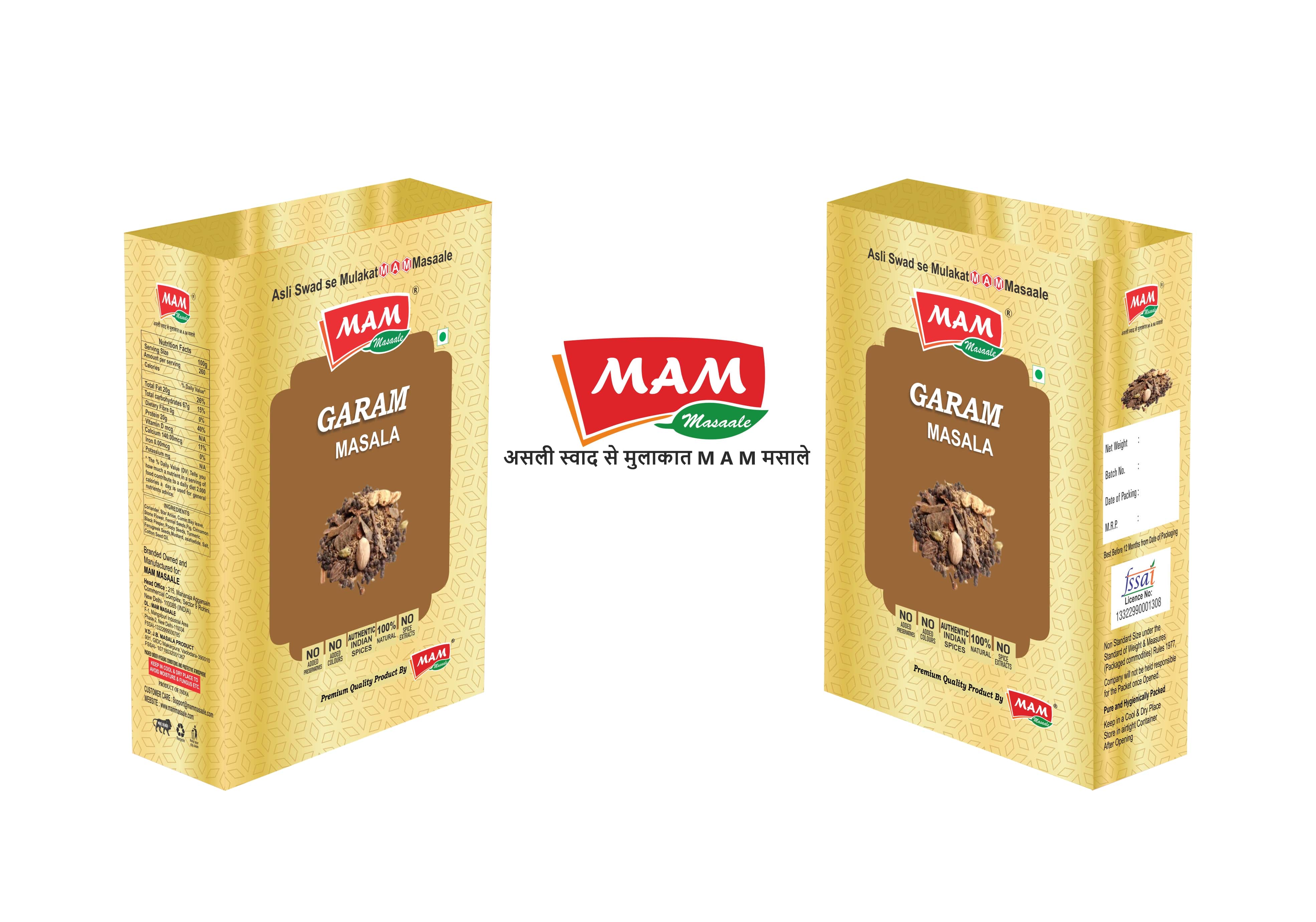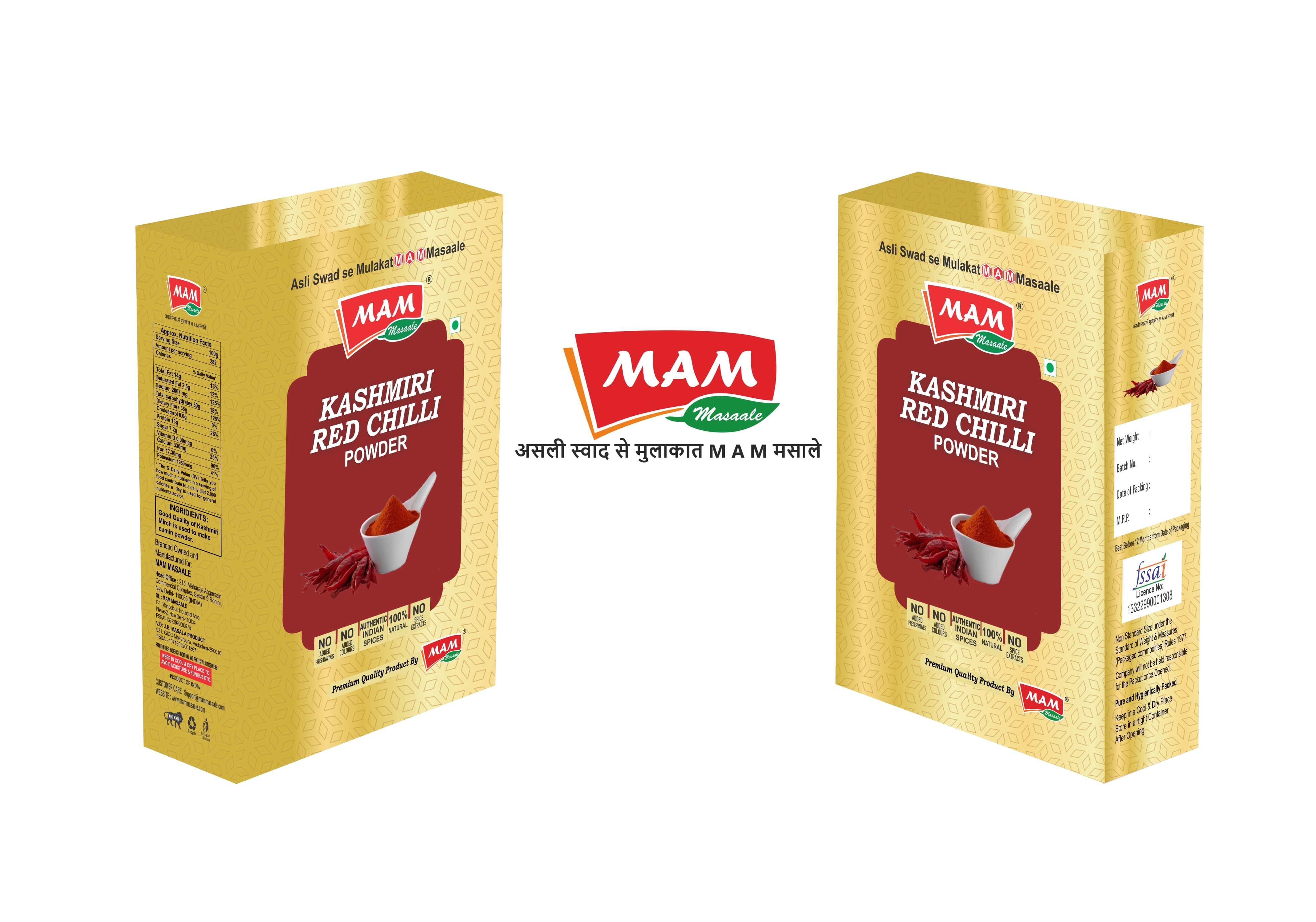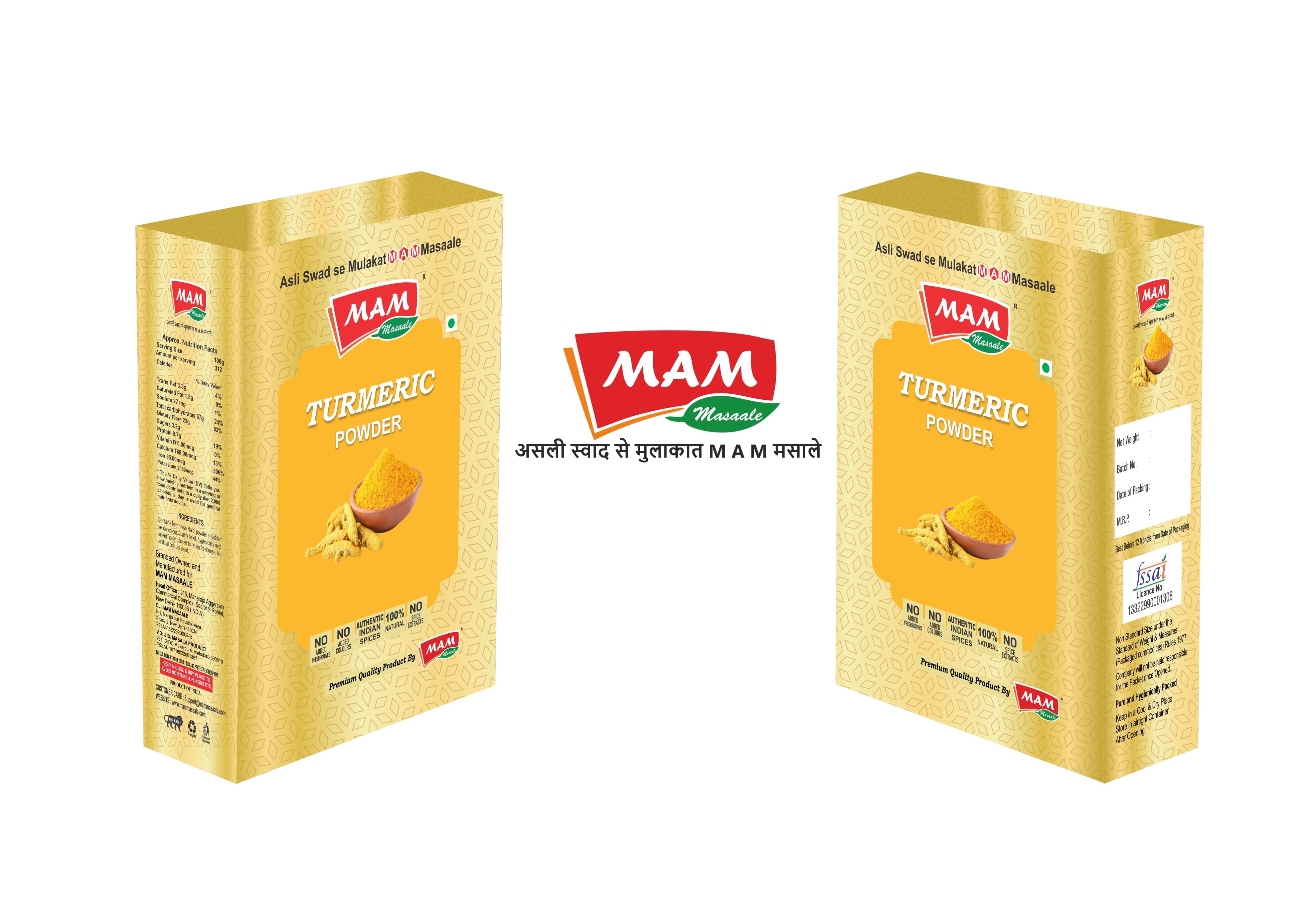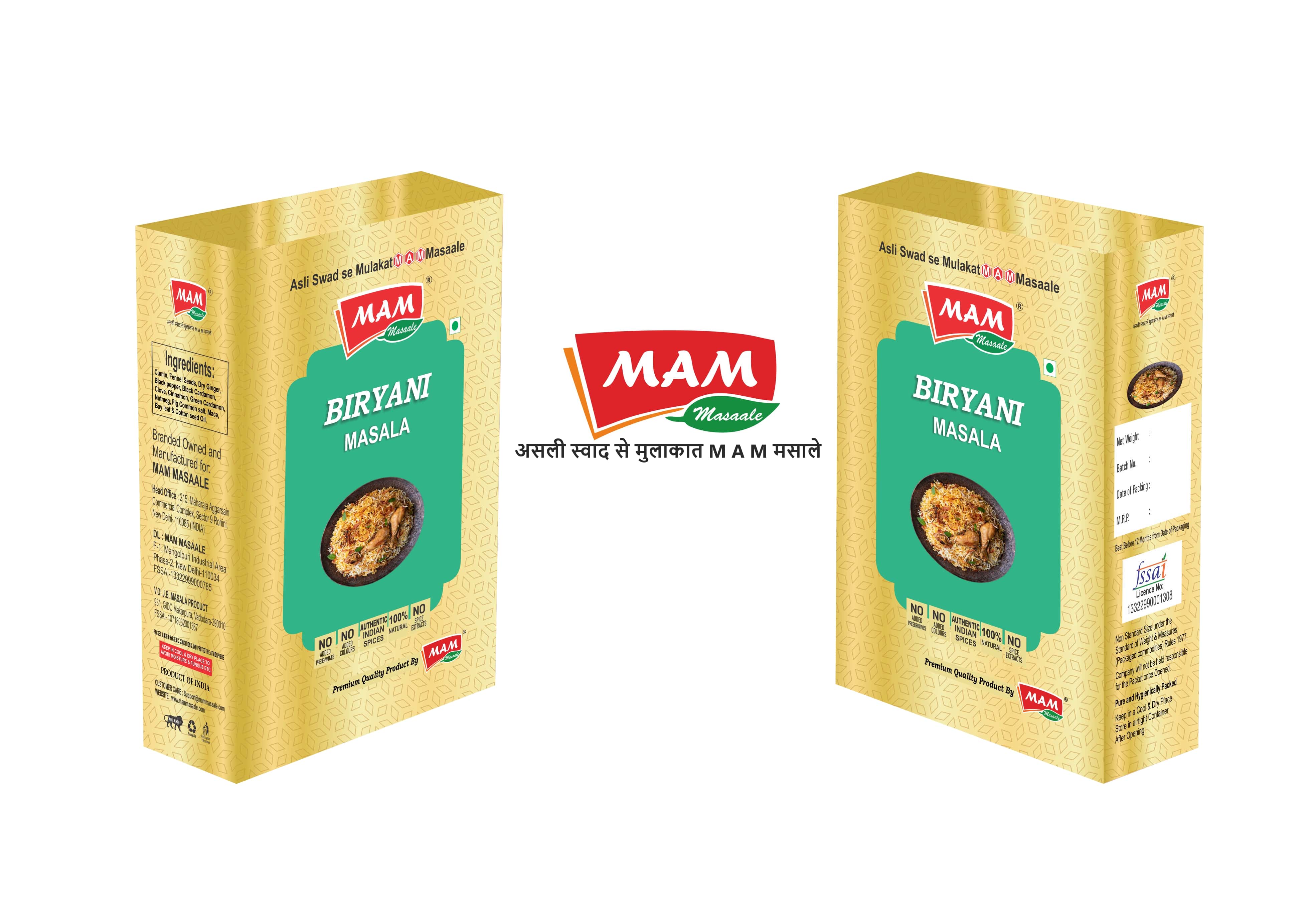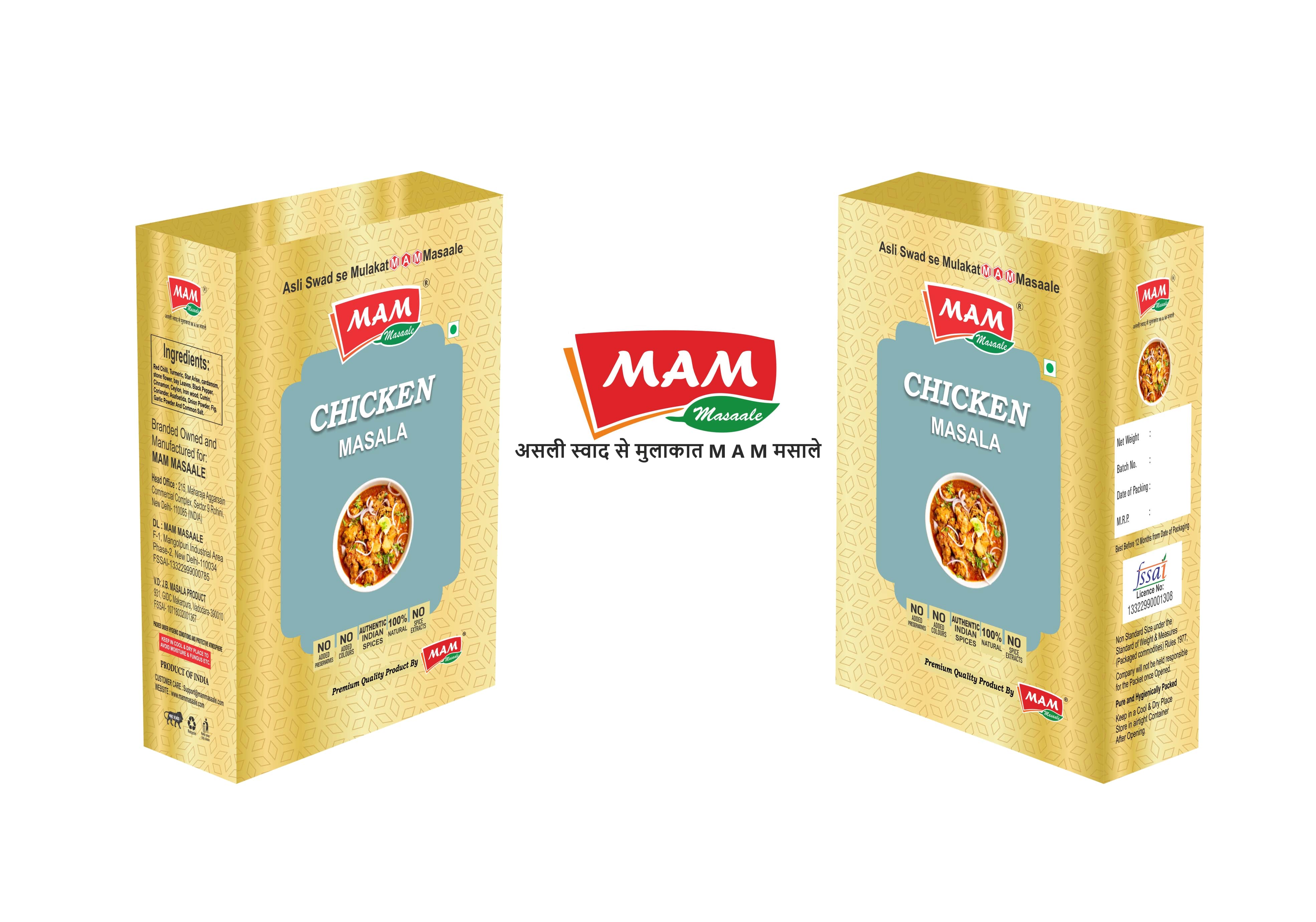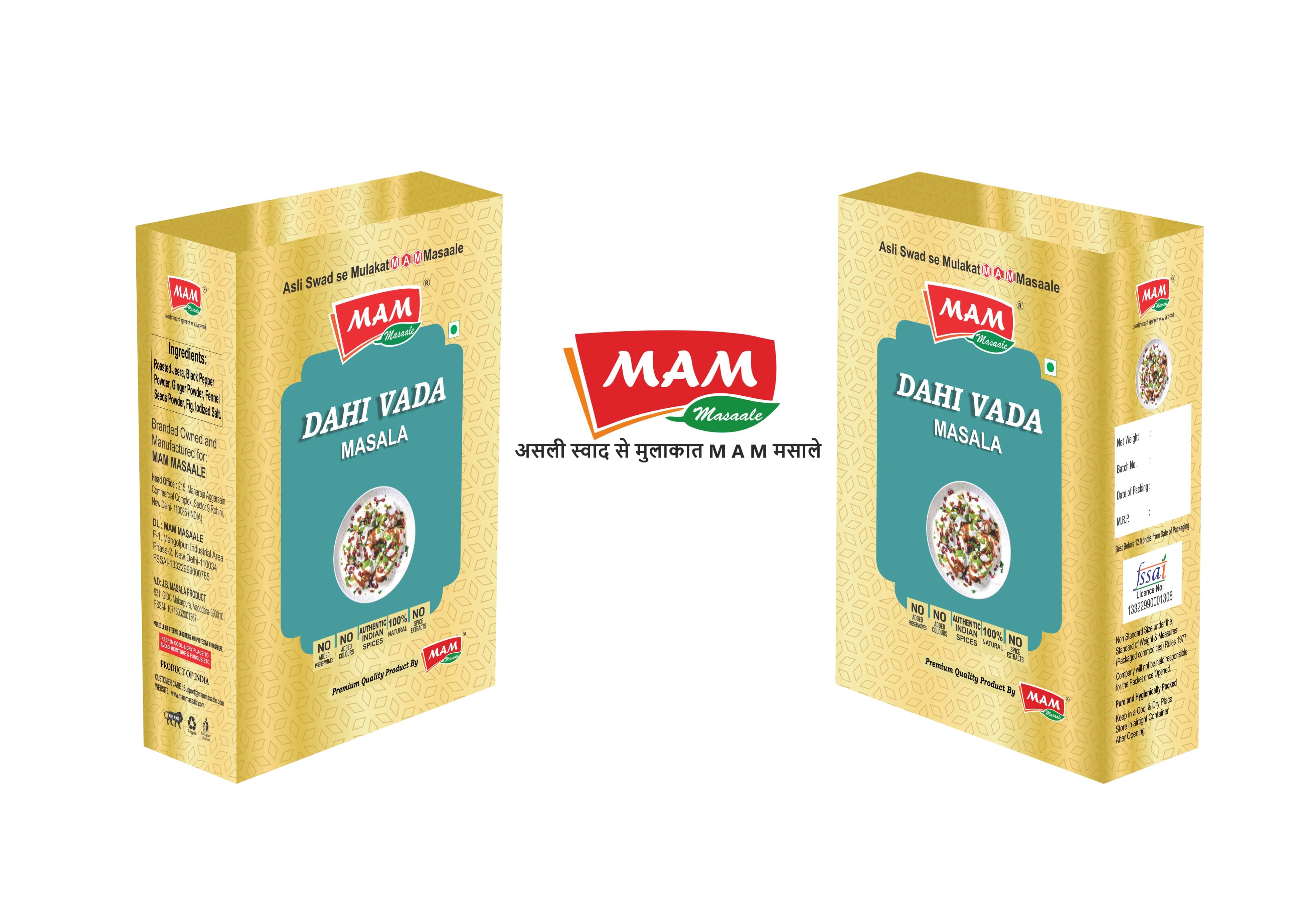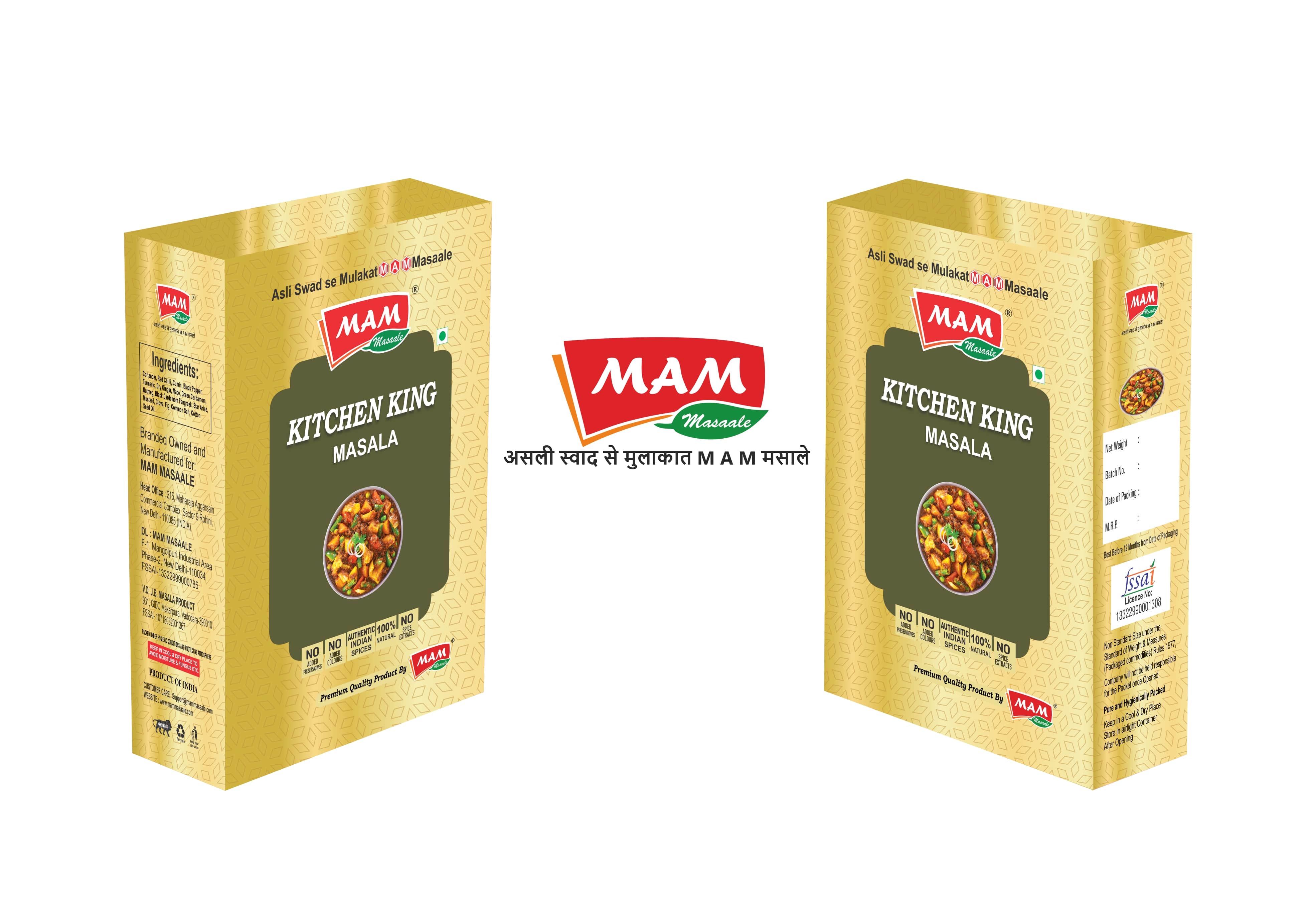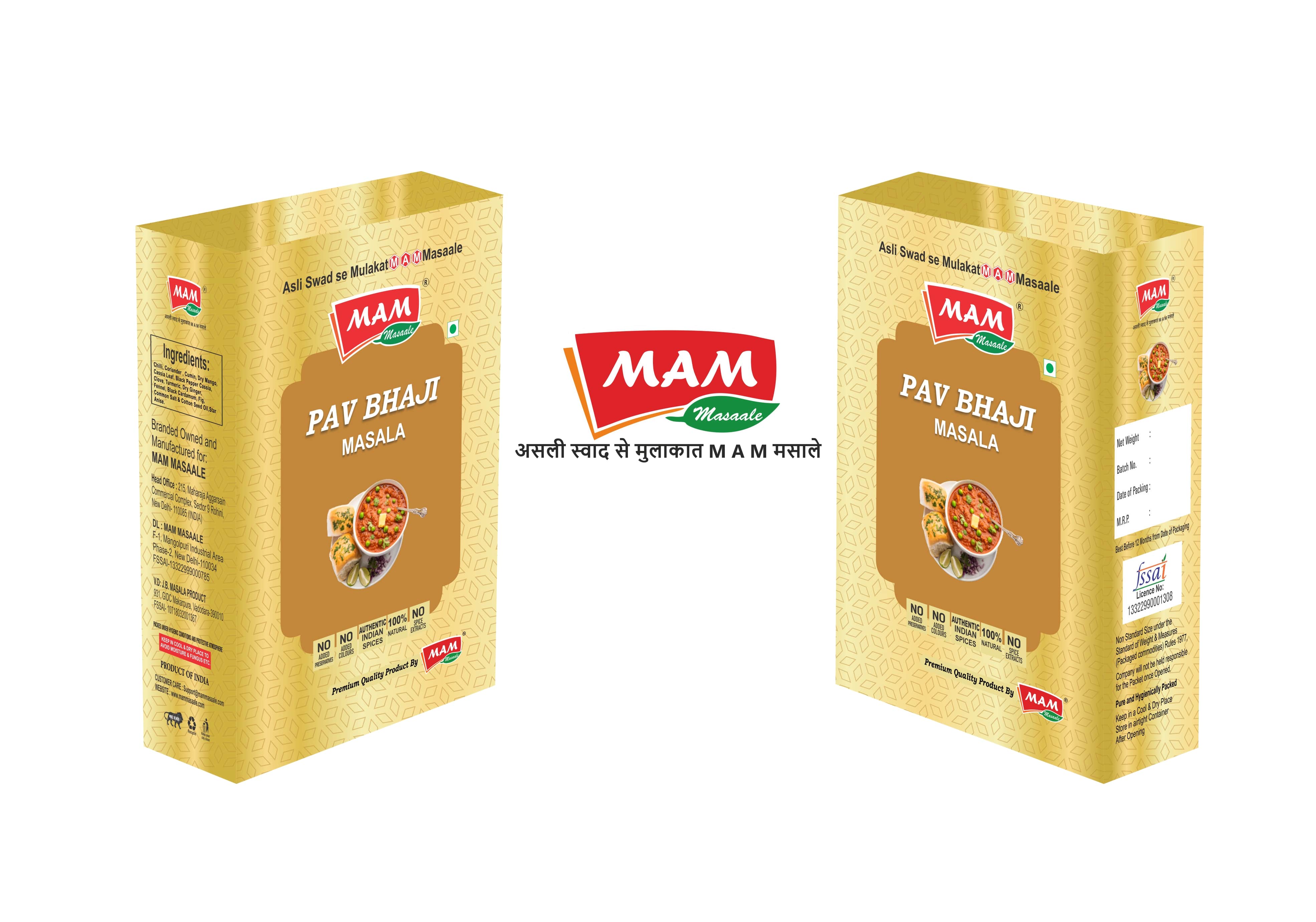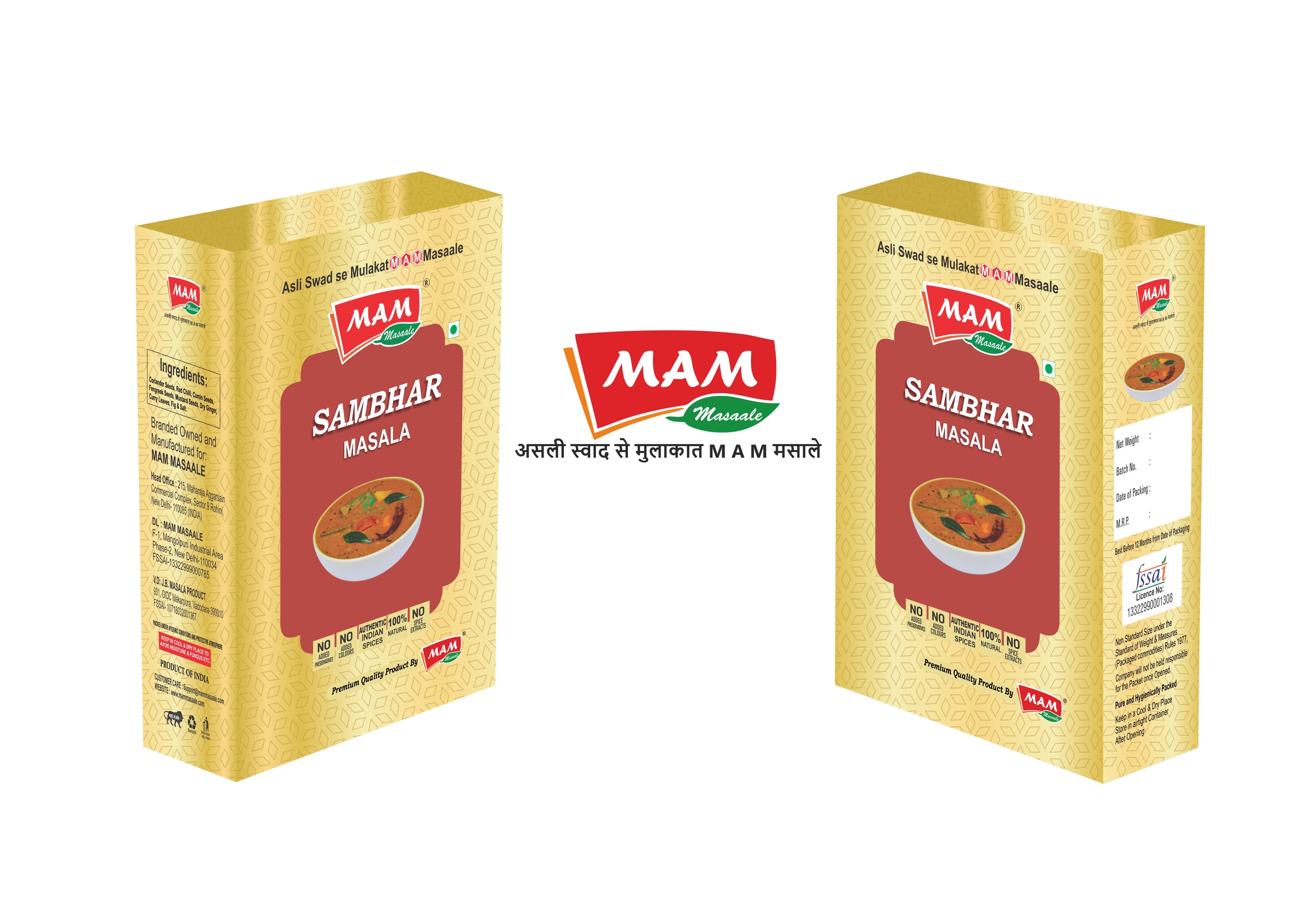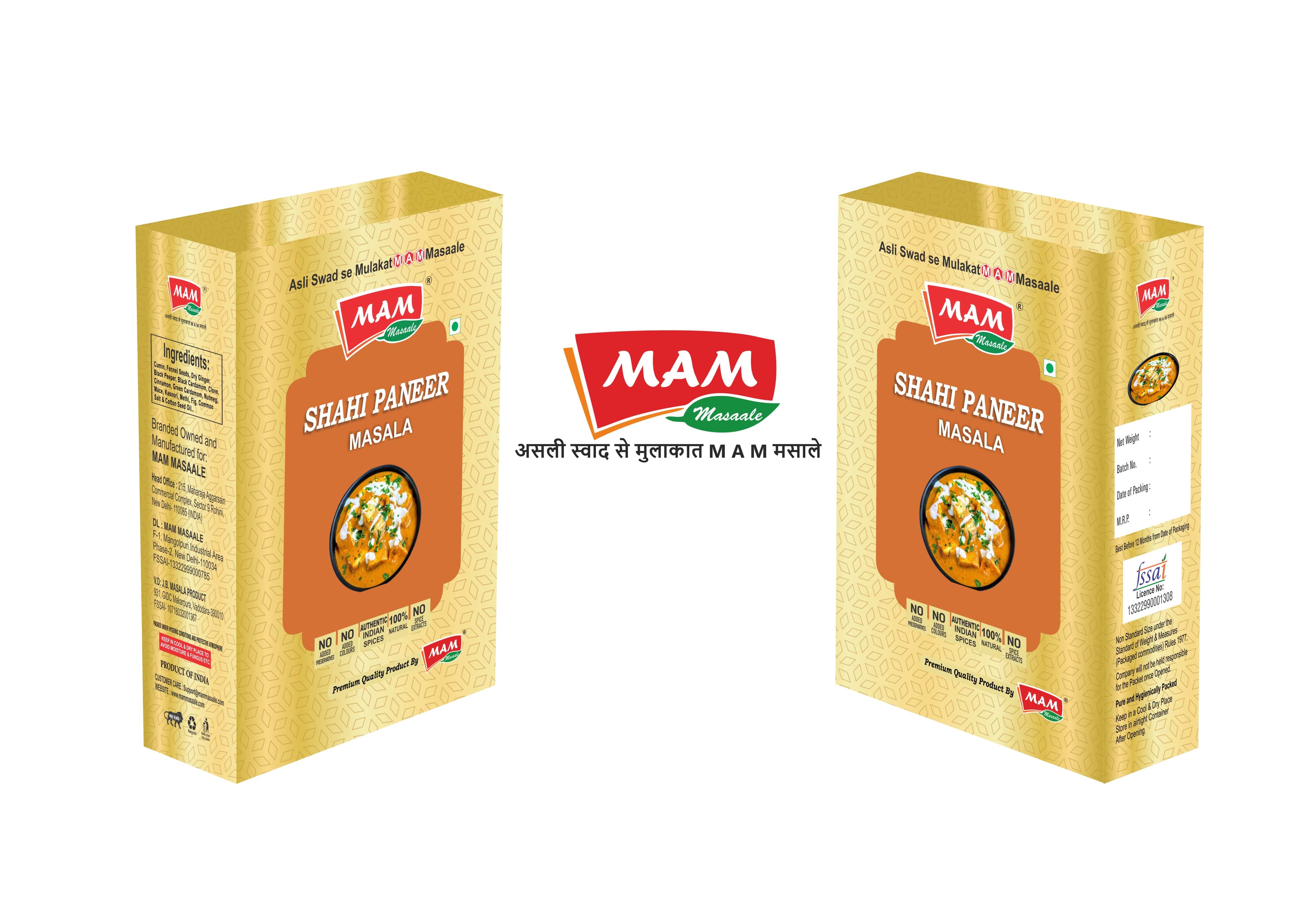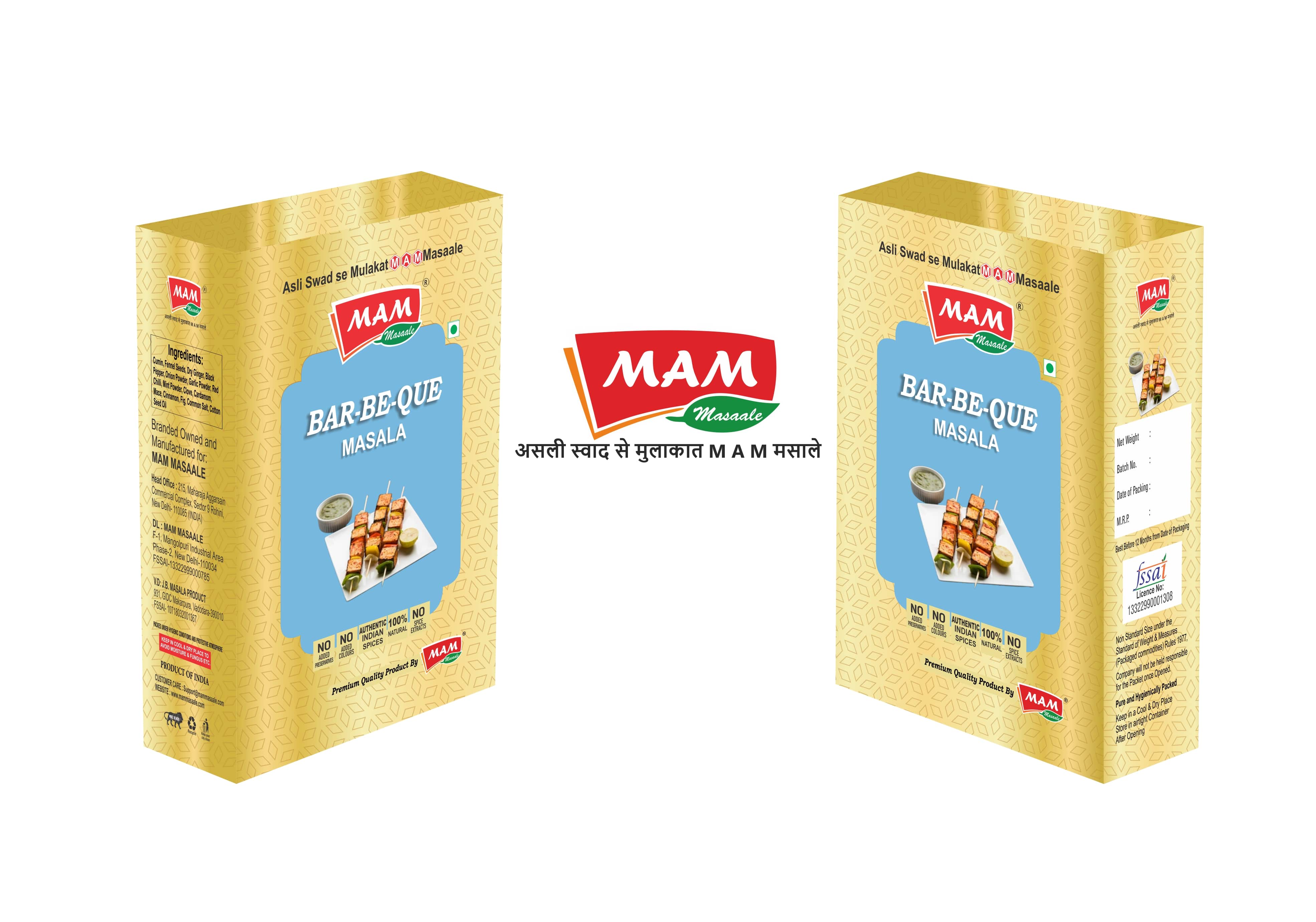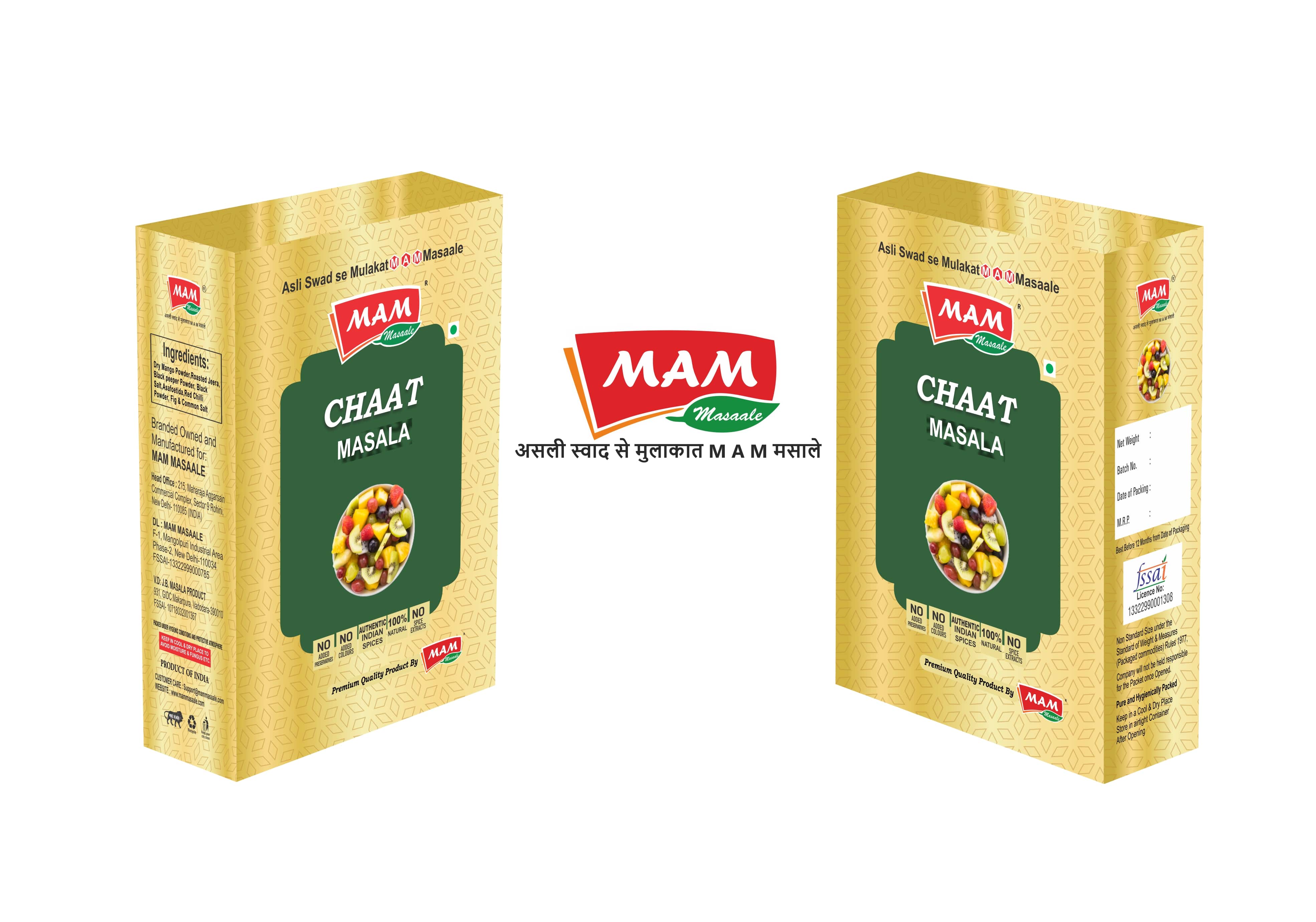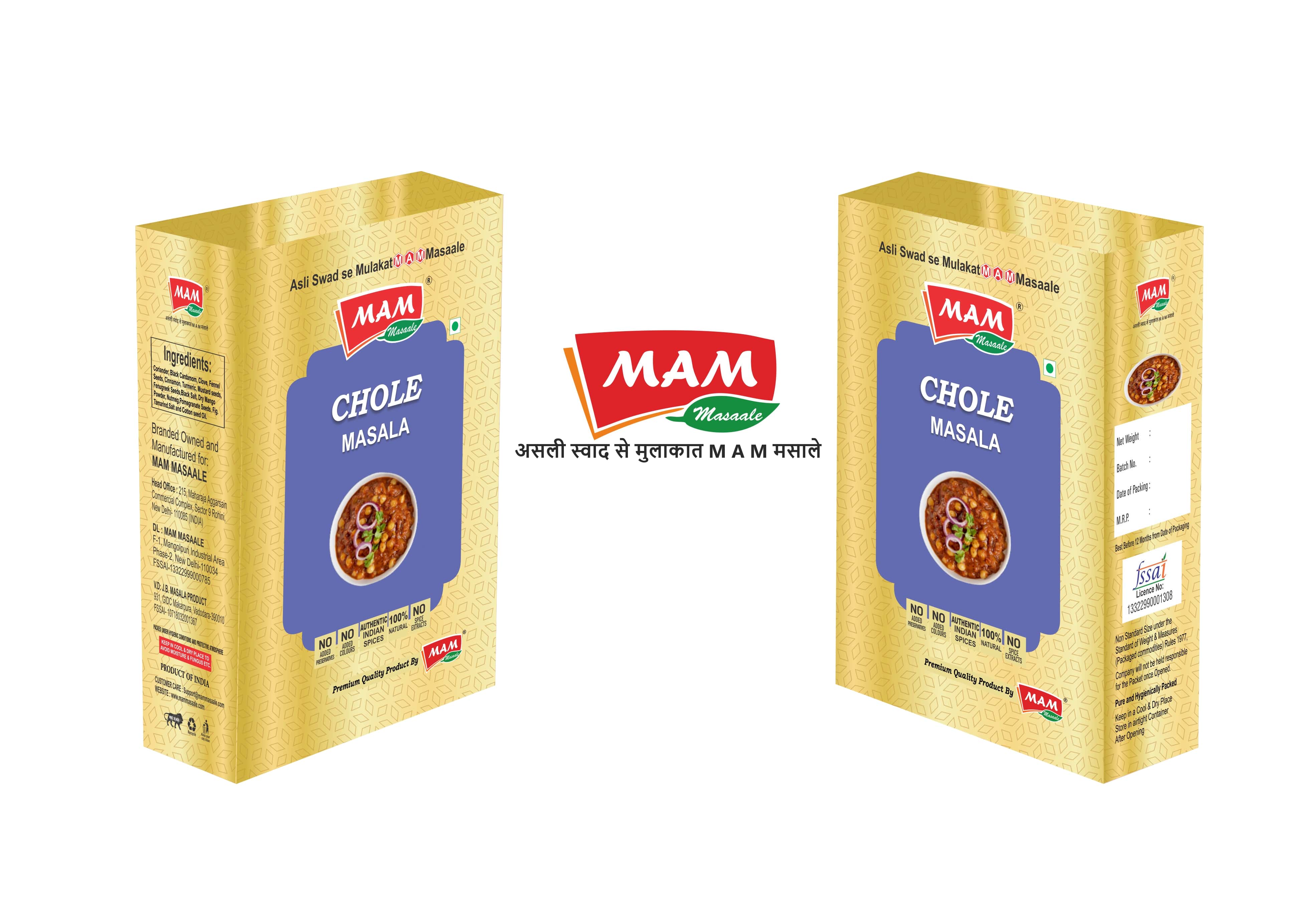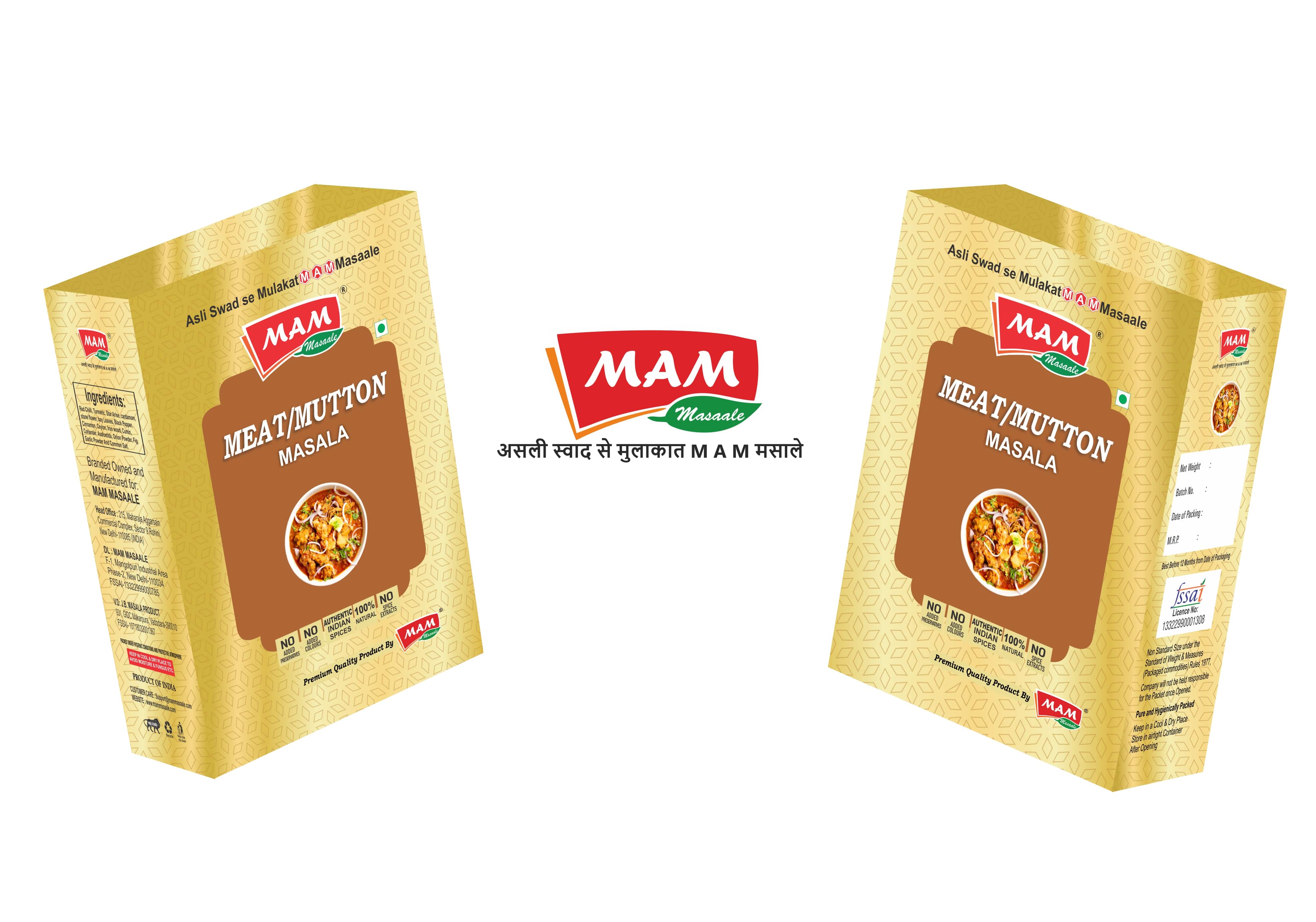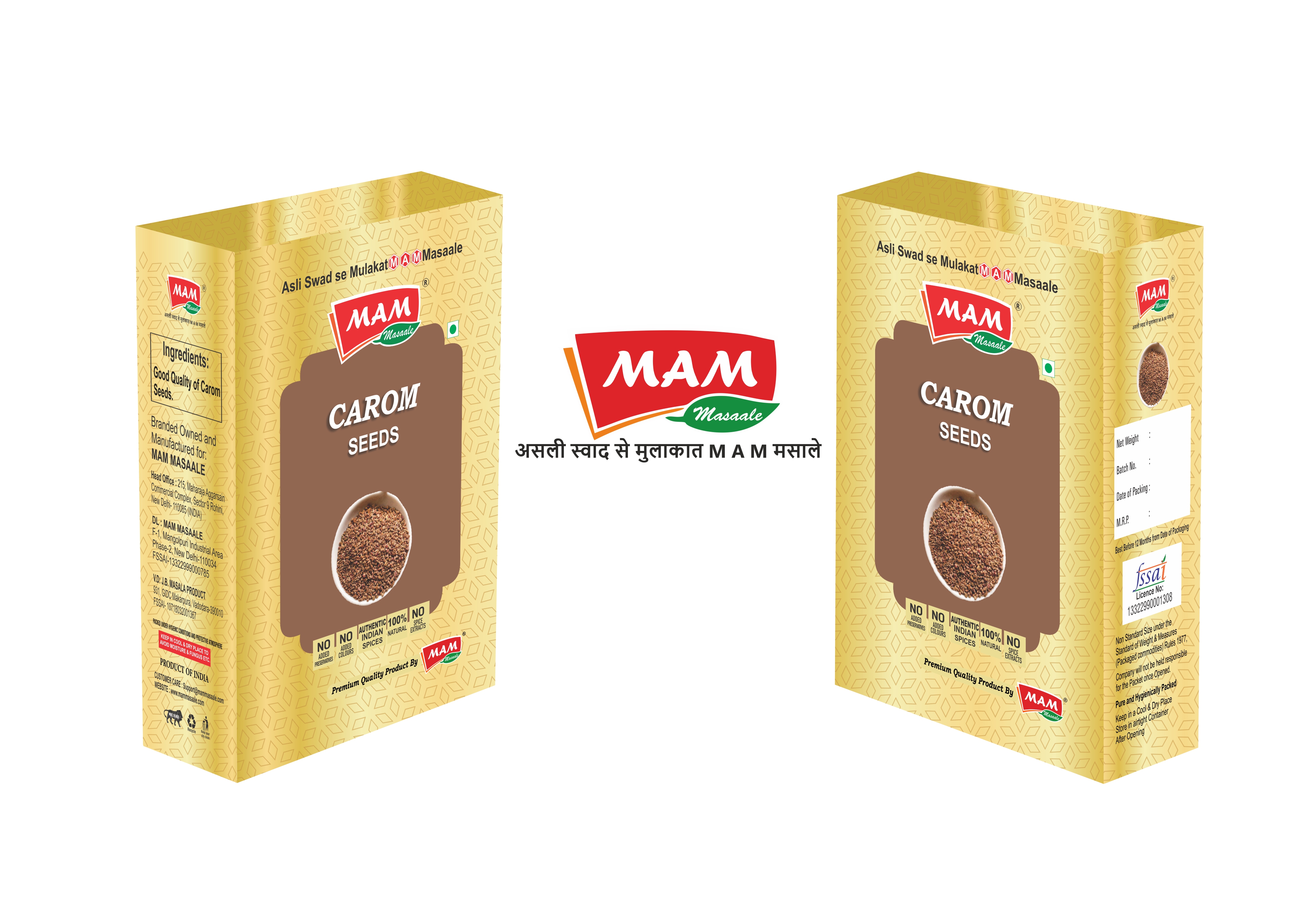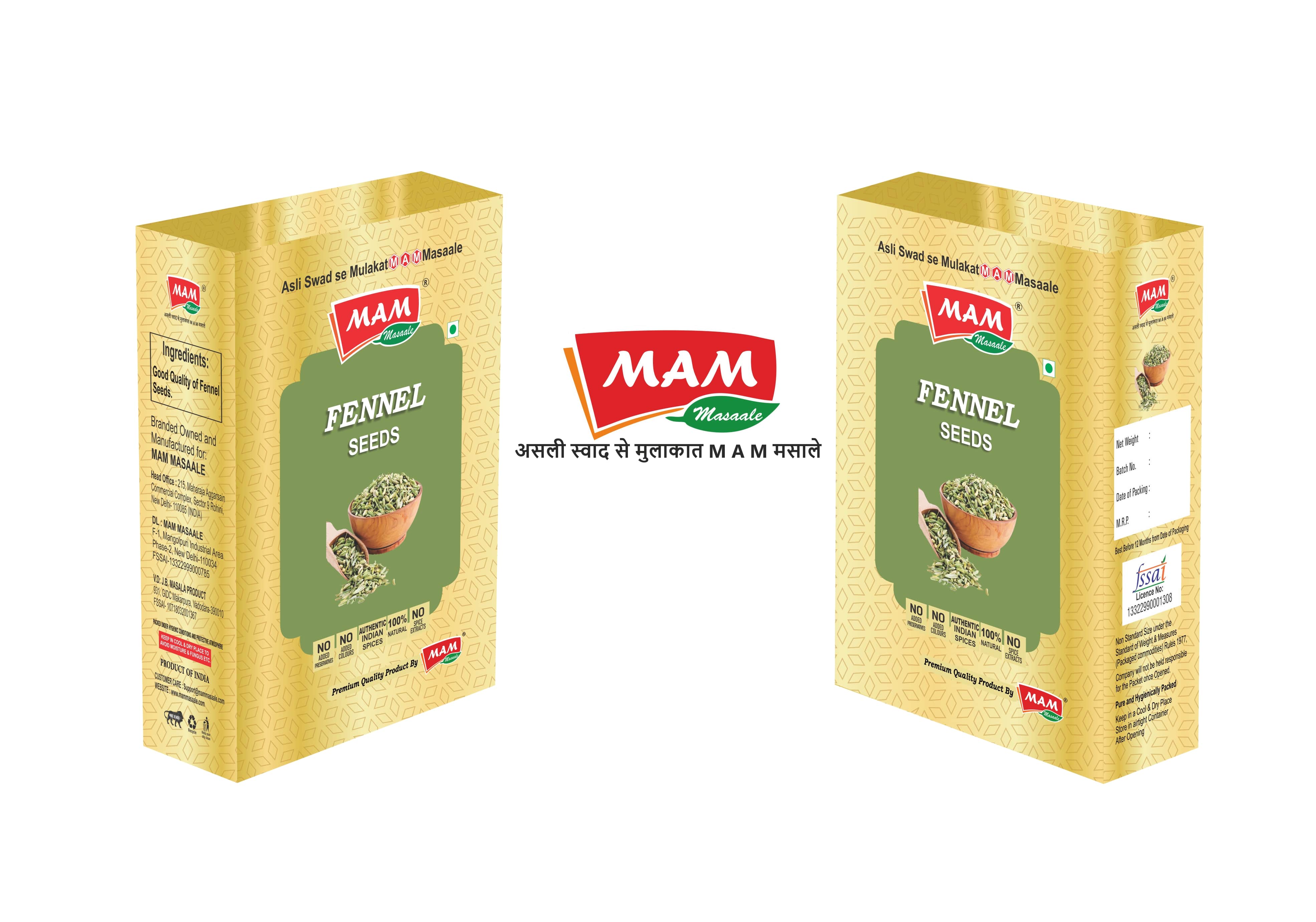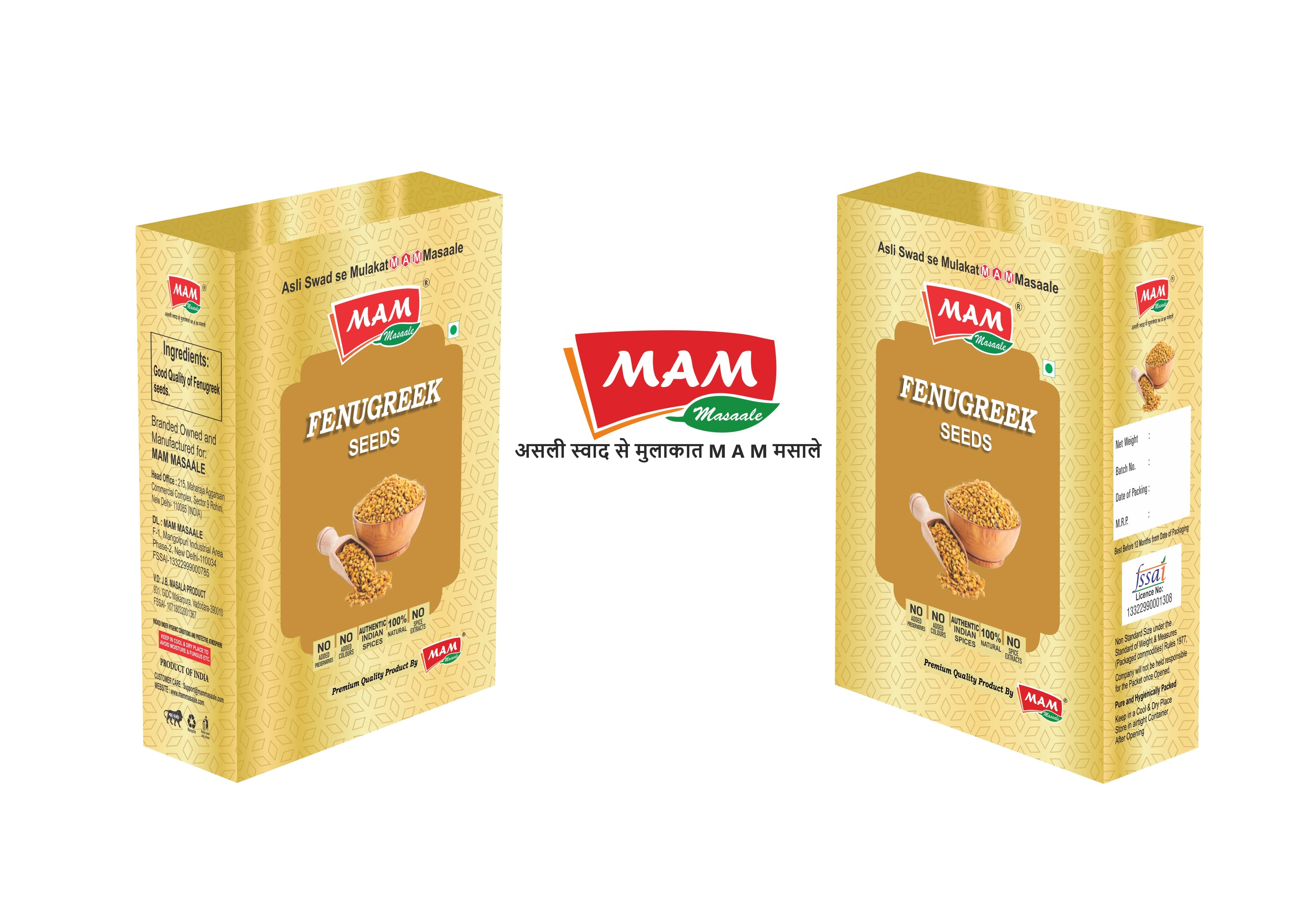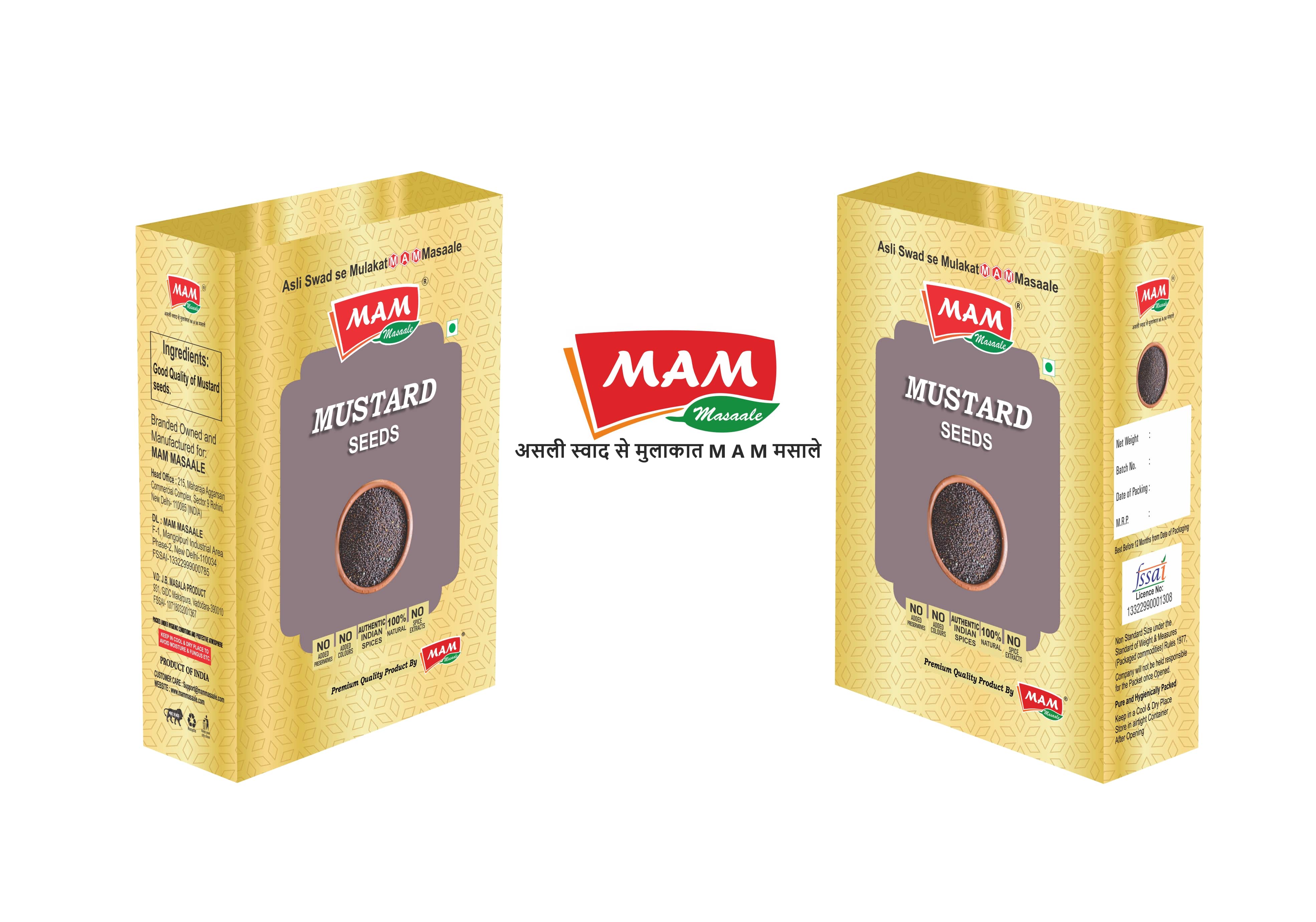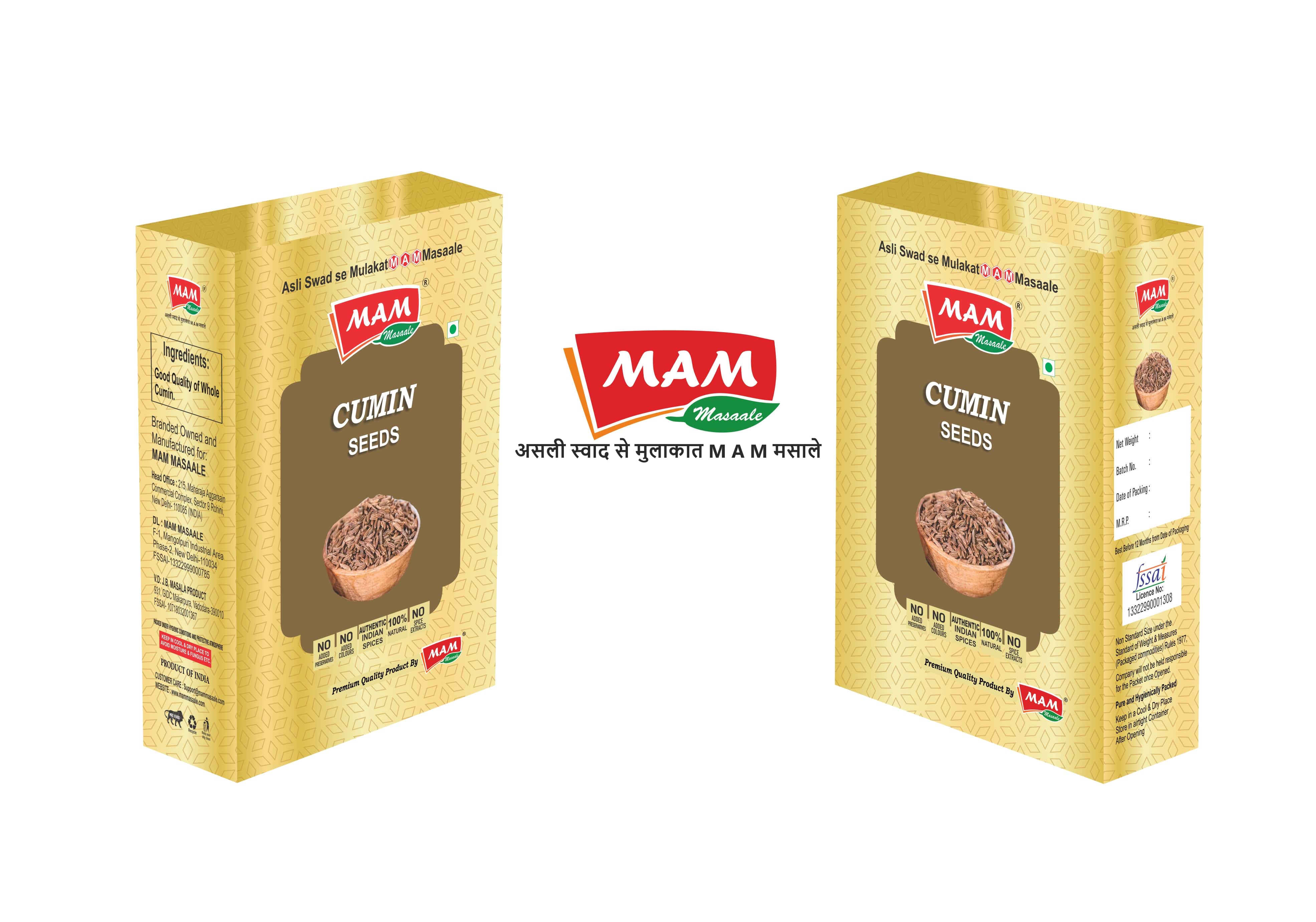Here's a step-by-step guide to help you establish your spices manufacturing unit:
Starting your Spices factory can be an exciting venture, allowing you to turn your passion for flavors into a profitable business. This simple guide will walk you through the essential steps to set up your own spice manufacturing unit.
Step 1: Research and Planning
Before diving into the business, conduct thorough research on the Spices industry. Understand the market demand, popular Spices varieties, and potential competitors. Develop a detailed business plan outlining your goals, target market, and financial projections.
Step 2: Legal Requirements
Complying with legal regulations is crucial. Register your business, obtain the necessary licenses, and adhere to health and safety standards. Consult with local authorities to ensure that you are meeting all legal requirements for operating a Spices factory in your area.
Step 3: Location and Infrastructure
Choose a suitable location for your Spices factory. Consider proximity to raw material suppliers, accessibility for transportation, and compliance with zoning regulations. Set up a well-organized and hygienic workspace with dedicated areas for processing, packaging, and storage.
Step 4: Equipment and Machinery
Invest in quality equipment and machinery for cleaning, grinding, and packaging Spices. Depending on your scale of operation, you may need industrial grinders, mixers, and packaging machines. Ensure that all equipment meets safety standards and is regularly maintained.
Step 5: Raw Material Sourcing
Establish relationships with reliable suppliers for sourcing raw materials. Ensure the quality and consistency of your spices by working closely with reputable growers and distributors. Negotiate bulk purchasing agreements to secure a stable supply chain.
Step 6: Quality Control
Implement a robust quality control system to ensure the purity and freshness of your Spices. Regularly test batches for microbial contamination, adulteration, and overall quality. Consistent quality will build trust with your customers and set your brand apart.
Step 7: Packaging and Branding
Invest in attractive and functional packaging that preserves the freshness of your Spices. Create a unique brand identity, including a memorable logo and packaging design. Consider eco-friendly packaging options to appeal to environmentally conscious consumers.
Step 8: Marketing and Distribution
Develop a marketing strategy to promote your Spices products. Utilize both online and offline channels, such as social media, websites, and local retailers. Establish distribution channels to ensure your Spices reach a wide audience. Consider partnerships with grocery stores, restaurants, and online platforms.
Step 9: Compliance with Food Safety Standards
Adhere to food safety regulations to build trust with consumers. Implement hygiene practices, proper labeling, and traceability systems. Regularly update your knowledge on food safety standards and stay informed about any changes in regulations.
Step 10: Continuous Improvement
Regularly evaluate your operations and seek ways to improve efficiency and product quality. Stay informed about industry trends and customer preferences to adapt your offerings accordingly. Customer feedback is valuable – use it to refine your products and services.
Conclusion:
Starting a Spices factory requires careful planning, dedication, and adherence to legal and quality standards. With the right approach, you can turn your passion for Spices into a successful and rewarding business. Good luck on your journey to becoming a successful Spices manufacturer!


